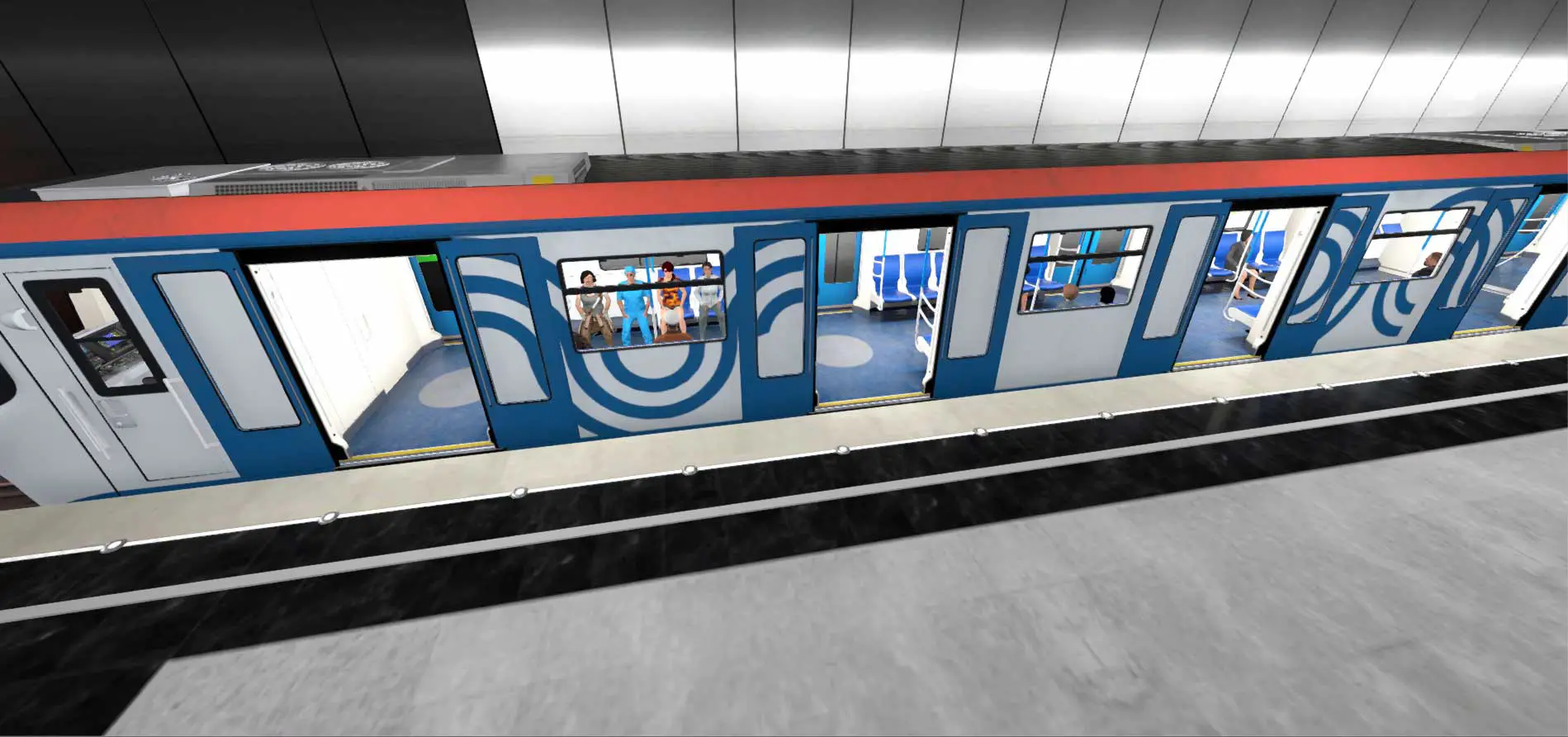
Thanks in advance for any suggestions or thoughts!! But then the vehicle will show a sinusoidal run due to the conical wheel shape? I even thought of just placing a rail track and using a rail vehicle with wheelsets then appyling a velocity. But I couldn’t find a way to do so in the last 2 months… I was hoping that I could define a virtual point of the robot/train that always lies on a static profile/curve (which will be the track axle) and then I just apply an unidirectional velocity to the robot/train. Using a camera and image processing to detect the path and make the robot “follow” it is not railway-appropriate. a path or profile I imported from openrailway or just generated with a CAD tool? Or is there another way to simulate the track guidance? How can I make my robot/train follow an arbitrary path, e.g. I have recently started learning about Gazebo for railway simulation as well and found this topic by accident when trying to find an approach or maybe even the solution to my problem: It’s all about finding the right balance for your use-case. For example, you won’t have the train just sliding on a prismatic joint because there won’t be any swinging, but on the other hand, modeling the real track parts and the mechanical interactions between them could be overkill. Of course, the simulation can be made arbitrarily complex, so it will be up to you on how much fidelity you want to put in. If you’ll have a lot of sensors of different types which should be generating data that is consistent across them, I think it makes sense to let the physics simulation take care of the train. We did that in a smaller scale for the Space Robotics Challenge and it worked well. Depending on the sensors you’ll be using, you could also get rid of s so there is no collision checking against them.ĭynamically spawning and deleting objects on demand sounds like the right way to go for your use case. You should make sure the models you add to the sides of the track are marked as, so the physics engine ignores them for dynamics purposes. You should be able to tweak the camera’s near and far clipping planes to limit how many models it is trying to process.Īnother number which will drop as you add more models is the physics’ real time factor (RTF). The FPS will drop depending on how many models you have on the camera’s frustum. That sounds like a fun project, I’ve never seen a train on Gazebo What do you think about the planned simulation? Is Gazebo the right tool? I’d appreciate your view! Of course then the sensors and the train would be different objects. I think it is possible to apply forces to the sensor without do it to the whole train. At least I need swinging and bumping train for the sensor quality.

What do you think? I guess to simulate a normal train driving on a railway will end up in some problems.

In other words I planning to create the railway from waypoints (x y z roll pitch) and place objects around the railway like houses, bridges, signs, etc… Also the surface should be roughly created. The idea is to import a track from openstreetmap (or openrailwaymap) and create and load the needed models dynamically. I working on a simulation of train using Gazebo.


 0 kommentar(er)
0 kommentar(er)
